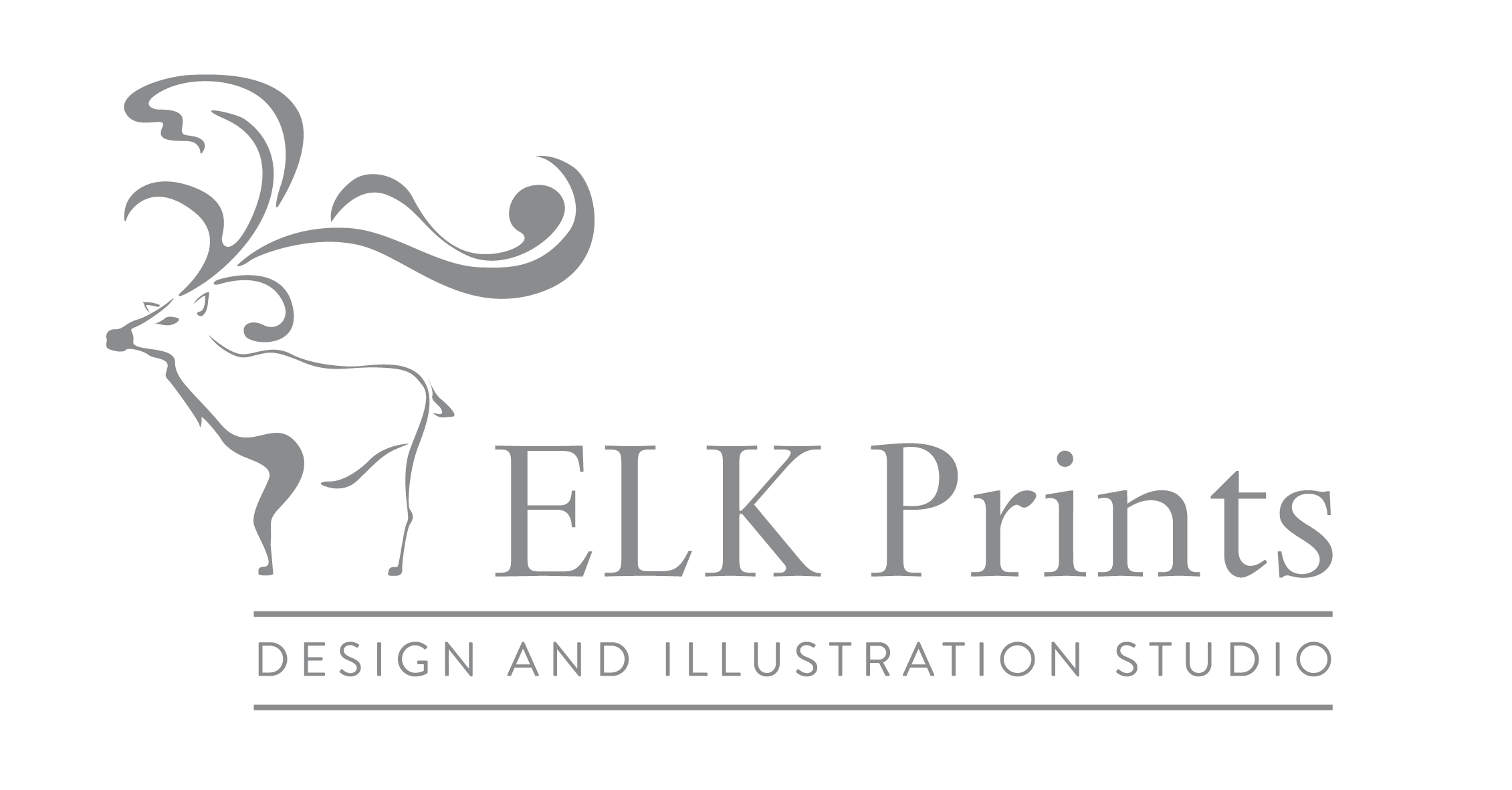4.2 Sydney Narratives

“Deep and dissolving verticals of light
Ferry the falls of moonshine down. Five bells
Coldly rung out in a machine’s voice. Night and water
Pour to one rip of darkness, the Harbour floats
In air, the Cross hangs upside-down in water.”
(Slessor 1957; p.103)
Works such as John Birmingham’s “Leviathan”16 or Bill Henson’s photography17 provide a degree of darkness and shadows to Sydney’s image. Henson’s black shadows can be pinpointed to a need for balance considering the natural abundance of bright light that Sydney possesses. Birmingham’s “Leviathan” meanwhile nods towards the dark rum soaked shadows of Sydney’s convict past. John Connell and Chris Gibson also identify a degree of romantacisim of fascination with sin and the criminal element in our society, in particular looking at Peter Corris’s Cliff Hardy detective stories (Connell 2000; p.299-307). One of Sydney’s most significant poems is Kenneth Slessor’s ‘Five Bells’ which is quite a dark tale of death set within the Cross. We become fascinated with the dark side of Sydney as it is necessary to balance the sunlight and we love our city despite its faults.18
The shadows and dark places of Sydney’s history are a significant aspect to our identity, though perhaps sometimes they tend to dominate the written reflections too much. When Peter Carey set about recounting his story of Sydney, his friends were keen to point out to him that Sydney perhaps deserves to cut itself a bit of slack. “In the car again, he gave me back my tape recorder. See, I know what you’re going to do with this fucking book. You’re going to tell everyone how bent we are. I know this shit of yours. Convict colony, Rum Corps, etc., etc. Well, put in that story about those boys. That’s Sydney for you, Peter. It’s mates.” (Carey 2001; p.153)
Peter Carey’s tale ends up being a rich one, full of recounting various experiences of Carey and his friends set around Sydney. There is a strong element of the significance of nature, the bush and the harbour, with the dramas of sailing in bad weather and combating bushfires. Sydney is seen in its pages as reflected through its inhabitants and their experiences and the close bond they have to each other and to the landscape.
The landscape is a hugely significant aspect within Sydney’s image, and the harbour in particular acts as the central point for this image of Sydney. Frank Moorhouse identifies it as the one central point of unity in Sydney, the one image that everyone agrees is the essential heart that makes Sydney the city it is. Though of course, their reasons for what attracts them to the harbour are just as diverse as the reasons they would nominate that make Sydney stimulating.19
Sydney’s narratives are broad and diverse with many elements that your experiences or gaze may encounter. Each suburb has its own character and within each suburb there are different elements that appeal, with a balance of aspects of light and shadow. Sydney is incredibly vain and self-indulgent in its beauty but it may also be self-conscious and uncomfortable about its past and its darker tones.
16. Birmingham’s account of Sydney is one of the darker aspects to our history and culture. Originally intended as a celebration it ended up as an alternative history of the underworld and corruption within Sydney. “The burbs? The Celebration? The good vibes of living in the greatest city in the world? Forget it. Siometime back in 1995 I wandered off the bright, teeming thoroughfares and down into a very dark alley. I never came back.” Birmingham, J. (1999). Leviathan - the unauthorised biography of Sydney. p.506
17. Henson’s photography has very dominant deep black shadows with the subjects illuminated and emerging from the black which highlights such features as skin quite strongly. Henson, B. and AGNSW (2005). Mnemosyne - Bill Henson.
18. “Perhaps then, I should it make clear that I love Sydney. She took me in and made me her own when I was just a starving baby writer, living on friends’ brown couches and bludging meals off the Hare Krishnas to get by. I love it that she didn’t care, dirty trollop that she is. She just threw her arms around me and cried, ‘Here I am baby, come an’ get it!’ I love her beaches, her sunshine, her food and her art. I love her arrogance, her greed and promiscuity. I love her parties and the hangovers that inevitably follow. I love it that she loves a good fight. That she knows she is better than anyone else. That you can do things her way or you can shove it.” Birmingham, J. (1999). Leviathan - the unauthorised biography of Sydney. p.509
19. “If you ask your friends and acquaintances to nominate the most memorable or most significant things about their city, they come up with a great variety of preferences which tend to be sensual on the whole… Your friends do not, oddly enough, agree on many topics that make Sydney such a stimulating place: except one. No one fails to convey that this city without its Harbour would not only be unimaginable but absolutely unbearable... And then they beg to differ again about what it is about the Harbour that excites or soothes them most, or simply leaves them spellbound.” Moorhouse, G. (1999). Sydney - The Story of a City. p.264-265
